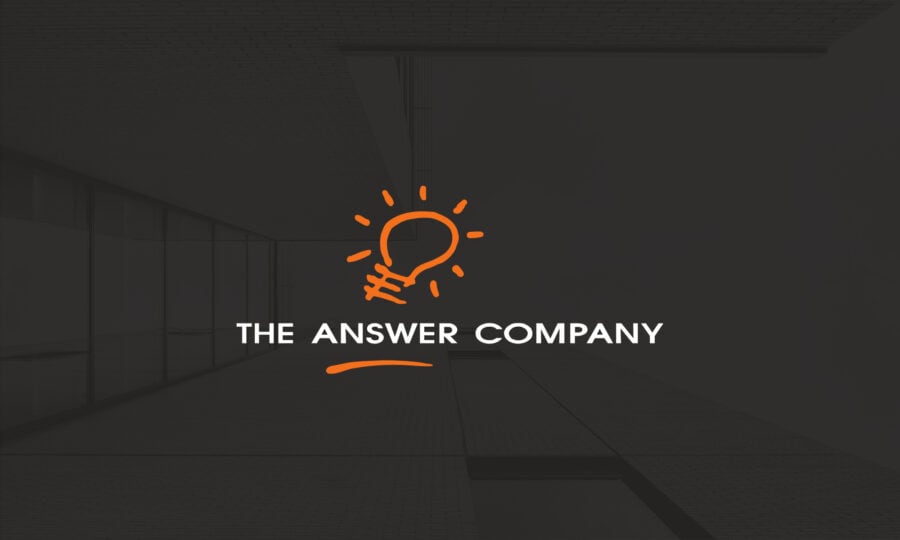Surviving a Downturn Market: Tips to Withstand Recession Effects
The rapid growth of early-stage SaaS companies is slowing down, reflecting the downturning market the world is experiencing. No need to worry, though! Situations like these are opportunities to examine your SaaS metrics closely and take a prescriptive approach to your financial performance. With the changes in valuations and investor expectations for early-stage SaaS companies, it’s wise to adjust your strategy accordingly. Here, we have some tips on how to withstand the effects of a recession.
Let’s consider some of the most important factors to help guide your team through a downturn market. Despite the challenging financial conditions, you can still navigate through the turbulence successfully if you are strategic.
1. Upsells and Upgrades: Prioritize Existing Customers
During difficult times, taking care of your current customers is easier and requires less effort than trying to acquire new ones. Although this may seem like a passive strategy, it can be a different form of an offensive approach. Any plan contributing to your financial success is a bold business move, even if it seems passive. It’s perfectly acceptable to prioritize your current business relationships and take a step back until the market improves.
Your subscription upsells and upgrades are critical factors to consider. These can provide significant revenue sources when your churn rate may be high, and your new subscriber numbers may be in decline. Using a comprehensive SaaS finance technology stack featuring a powerful financial solution like Sage Intacct can help you effectively monitor and improve the situation.
It is crucial to focus on long-term and sustainable cash flow during a downturn market downturn. Taking care of your existing customers is an essential part of achieving this. Consider offering incentives to your customers, such as a free trial or a 2-month discount on your top subscription plan, to increase your figures.
2. Are your Sales Reps Effective?
During unfavorable market circumstances, it’s essential to ensure your sales representatives are functioning at their best to combat recession effects. You need to gather reliable data on several key performance indicators (KPIs) to achieve this.
It’s crucial to focus on the following areas specifically:
- Examine the size and pace of each salesperson’s deals. To determine your best performers, it’s crucial to have an understanding of the average value and speed of their deals. The magnitude and quickness of deals made form the crucial foundation of your annual recurring revenue (ARR) metric.
- Are the sales targets for your representatives being met each month? If not, is this a common occurrence or just a temporary setback?
- Professional resilience: If a rep fails to achieve their targets in a quarter, do they recover or struggle to perform? Strong recovery and resilience can offset a temporary setback.
3. NRR by Customer Profile and Product Type
It’s just as important to objectively examine your company’s customers and products during a market as it is to assess your sales team. Net revenue retention (NRR) for different customer segments and product types is a key metric in a defensive strategy. NRR helps you achieve two strategic objectives:
- Evaluate your most profitable customers and products objectively. It is important to recognize which product lines are doing well during economic hardships, as this allows you to allocate more resources towards them.
- Avoid wasting time and money on ineffective strategies. If you don’t regularly check your NRR, you may invest time and money into concepts that won’t succeed. Now is an excellent time to be realistic about these problems.
These steps will allow you to achieve more with fewer resources, which is the ultimate goal of any business endeavor, especially during the early stages of an impending recession.
4. Are you Lighting your Cash on Fire?
It is important to take a more strategic approach when managing your cash flow. You can use your cash burn rate (CBR) as a measuring tool. CBR measures the rate at which your company spends its capital.
During stable economic times, companies typically have a growth-oriented approach to their cash flow, but it may be more prudent to adopt a more conservative approach when fighting recession effects. This could involve investing in automation to save time and money and shifting to fixed expenses for added predictability.
Whether it’s a full-on recession or a slowdown, the best approach is to maintain a steady course. Metrics will always be your best guide, so keep them close at hand, and always be prepared in case you need to make a change.
Book a demo now to see how Sage Intacct can help you scale to new heights despite the recession effects businesses are currently experiencing.
